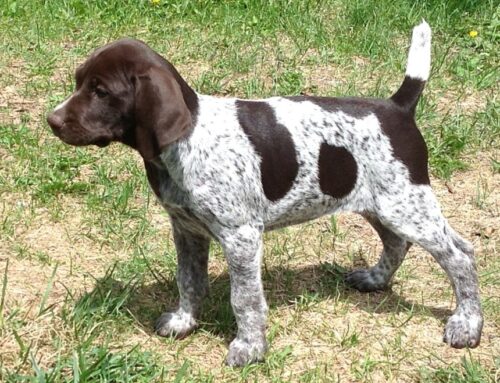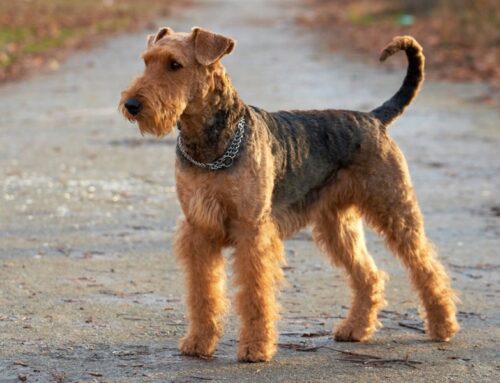The term Water Dog applies to a wide range of dog breeds, which are some of the oldest in the world. A Water Dog is typically one that spends a portion of their time in the water and is accustomed to being wet while working. These breeds include hunting dogs that are used for waterfowl as well as general hunting and herding dogs that may encounter animals around or in lakes and streams. While there are a huge diversity in the type and size of the breeds that are included in the Water Dog category, they all have some common characteristics that help them form a common bond.
The size of a Water Dog is primarily based on what the original breed was intended to do. For hunting it is often an advantage to have a dog with a smaller frame that can roust prey from their hiding spots while the hunter waits in the open. To excel at this task, the smaller the dog the better. A good example of this type of Water Dog is the Portuguese Water Dog, who is small in stature but tenacious as can be when in pursuit of its prey. They have the added talent of loving to swim which allows them to chase their prey out of the water or across a stream if needed during the hunt. This particular dog is also prized for their affectionate demeanor, which allows them to be the perfect pet for the family when the hunt is finished.
Other styles of Water Dogs are larger and may be used for other duties such as herding cattle. The skill sets needed for this activity are similar to hunting but require the dog to be a bit more independent. They need to be able to analyze a fast moving collection of animals and make adjustments to the herd to keep them together. They also need to be assertive enough to impose their will on animals that are typically much larger than they are. The Spanish Water Dog is one breed that does a great job of herding and is used in many parts of the world for just this task. They are a medium sized dog that has a very assertive personality around other animals they are responsible for herding and can keep them together when needed. They are also very quick learners and can adapt to any number of commands from their master once trained. The other unique thing about this type of Water Dog is that unlike many other breeds, the Spanish Water Dog transforms into a very independent worker once they become comfortable with their task. Other breeds that herd need to have constant feedback and direction from their masters to stay on task. The Spanish Water Dog can make these decisions on their own and will typically only seek guidance when they are confronted with a new challenge or to receive positive feedback for a job well done.
Even though there are over 25 different breeds that are part of the Water Dog classification, they all share a few common physical traits. Most of these Water Dogs have coats that are shorter and curly. Unlike other breeds that have coats that lay flat, the coat of a typical Water Dog is raised and somewhat fluffy. This is to help them dry off quickly after being in the water. It also helps them avoid dry skin from water staying on their bodies after being wet. The Water Dogs in general are all great swimmers. Now this may seem like an obvious quality to be considered a Water Dog, but it had to be introduced to their breeding for them to develop this skill. Being able to swim allows them much more control over their territory and when other breeds would have to let a prey escape in water, the Water Dog can continue the pursuit. This is one of the many things that makes them an amazing hunting companion.
Water dogs have curly, sometimes corded coats which are somewhat waterproof. Some like the Chesapeake Bay Retriever are able to swim for some time in very cold water. Most water dog breeds are highly intelligent and easy to train with a strong desire to be in company with people.
The following breeds are considered water dogs:-
American Water Spaniel
Barbet Dog
Chesapeake Bay Retriever
Curly Coated Retriever
Epagneul Pont-Audemer
Irish Water Spaniel
Labrador Retriever
Lagotto Romagnolo (a.k.a Italian Water Dog)
Poodle (Standard)
Portuguese Water Dog
Spanish Water Dog
Hungarian Puli
Wetterhoun






Leave A Comment